Step one: Find a boat
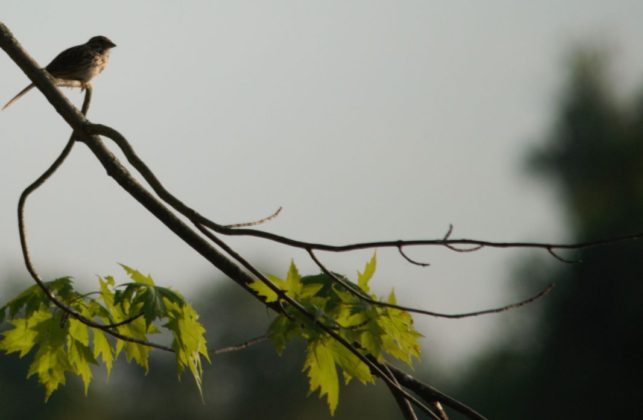
Step Two: Awkwardly move it from land to water, dodging poison ivy while fighting gravity on riverbank
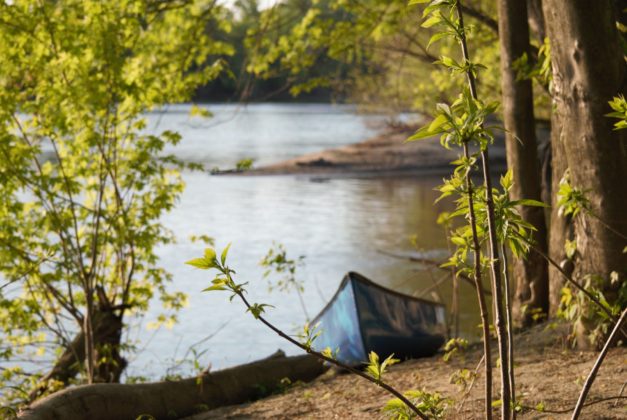
Step Three: Rejoice in the realization that it is highly unlikely anybody who is not already in the boat will be getting within your six-foot diameter safety circle
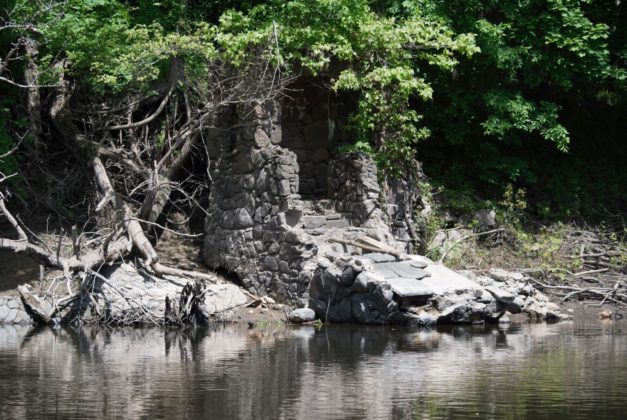
Step Four: Take your rejoicing down a few notches when all this paddling reminds you that because you only ever exercise your mouth, your arms are going to be wrecked the next day.
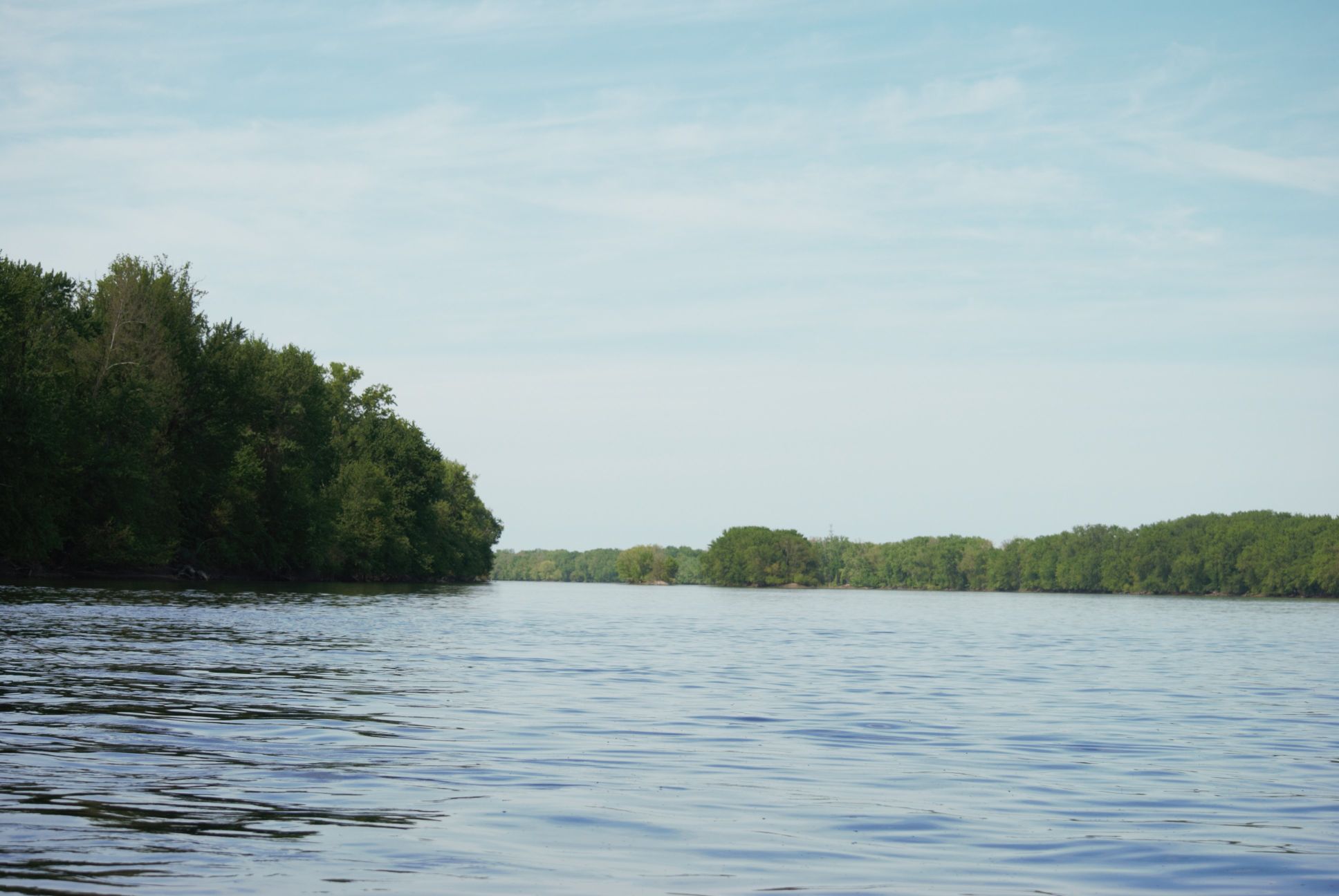
Step Five: Enjoy how little you know about Windsor. It will give you something to learn about later. What are these stone ruins by the Farmington River?
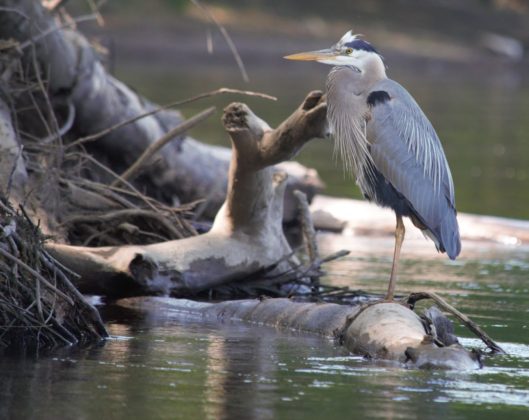
Step Six: Spend too much time debating where exactly the Farmington River becomes the Connecticut River, and dispute what Google Maps claims.
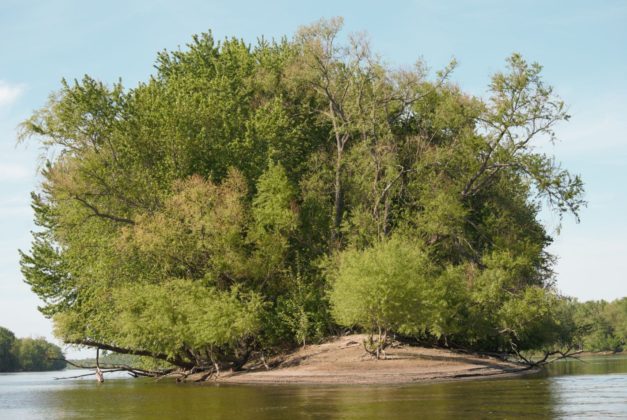
Step Seven: Ask the deep questions. Do these two islands have names? If not, why not? Did anyone ever live on the larger one? Do deer swim out? Why do herons like to climb on piles of debris?
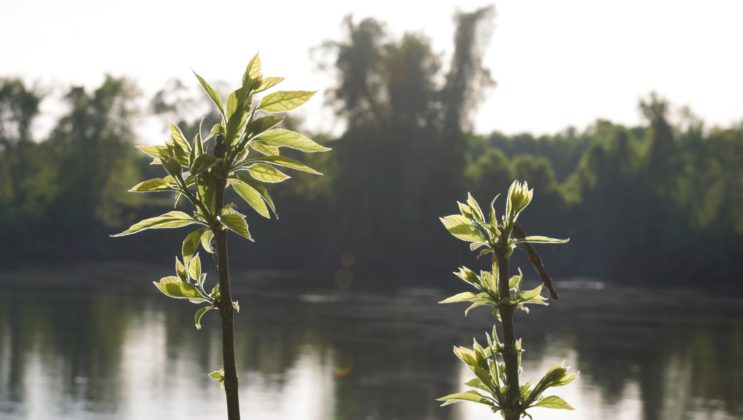
Step Eight: Feel a little smug for knowing there is more to Connecticut than just the state parks, and that not having a car means never needing to care if a parking lot at is at capacity.
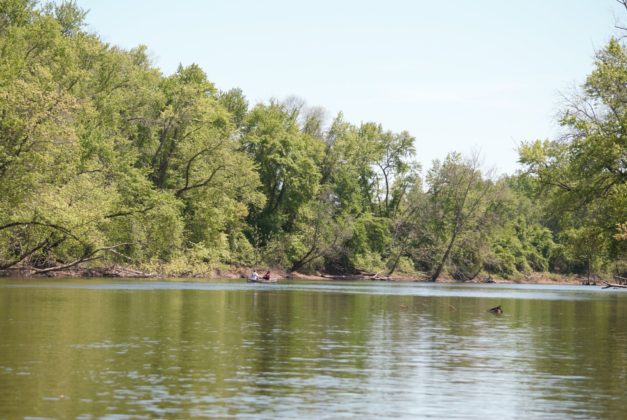
Step Nine: Shake head at those speed boats harshing your mellow
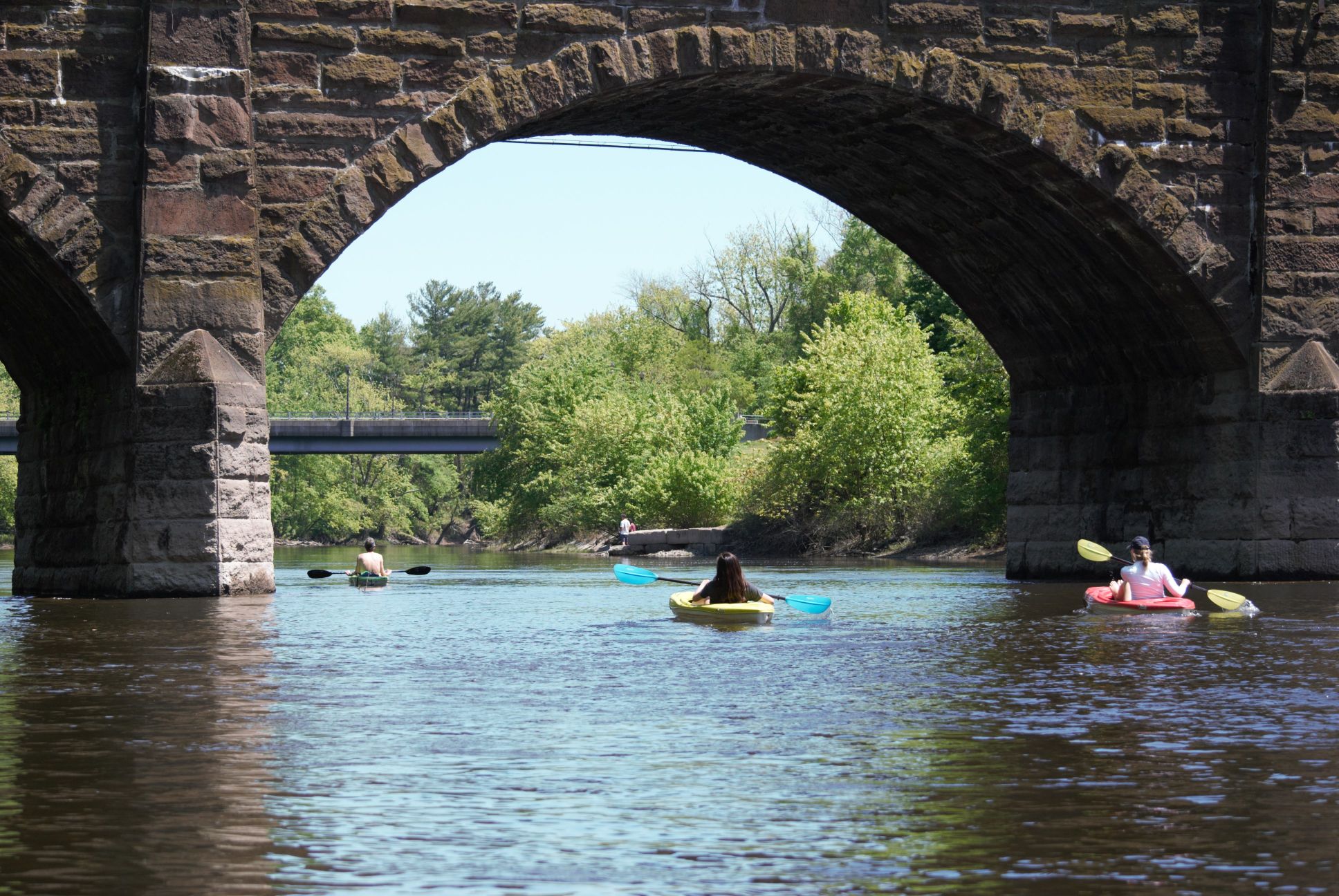
Step Ten: Think all those kids tethered to their computers for Coronavirus Imitation Homeschool would be learning way more science if instead they got to roam around where the bugs and birds are: Bald Eagle, American Black Duck, Baltimore Oriole, Bank Swallow, Canada Goose, Great Blue Heron, Killdeer, Piping Plover, Red-winged Blackbird — all in spotted in one day.
Windsor by Water
Step one: Find a boat
Step Two: Awkwardly move it from land to water, dodging poison ivy while fighting gravity on riverbank
Step Three: Rejoice in the realization that it is highly unlikely anybody who is not already in the boat will be getting within your six-foot diameter safety circle
Step Four: Take your rejoicing down a few notches when all this paddling reminds you that because you only ever exercise your mouth, your arms are going to be wrecked the next day.
Step Five: Enjoy how little you know about Windsor. It will give you something to learn about later. What are these stone ruins by the Farmington River?
Step Six: Spend too much time debating where exactly the Farmington River becomes the Connecticut River, and dispute what Google Maps claims.
Step Seven: Ask the deep questions. Do these two islands have names? If not, why not? Did anyone ever live on the larger one? Do deer swim out? Why do herons like to climb on piles of debris?
Step Eight: Feel a little smug for knowing there is more to Connecticut than just the state parks, and that not having a car means never needing to care if a parking lot at is at capacity.
Step Nine: Shake head at those speed boats harshing your mellow
Step Ten: Think all those kids tethered to their computers for Coronavirus Imitation Homeschool would be learning way more science if instead they got to roam around where the bugs and birds are: Bald Eagle, American Black Duck, Baltimore Oriole, Bank Swallow, Canada Goose, Great Blue Heron, Killdeer, Piping Plover, Red-winged Blackbird — all in spotted in one day.
Related Posts
How To Avoid Parking Meters in Hartford
Capitol Avenue
Cheap Summertime Thrills